There has been a positive reaction to this week’s announcement that the Targeted Agricultural Modernisation Scheme (TAMS) will continue, with tranche 21 opening on Saturday 16 January.
The announcement provides some relief to applicants who are waiting on planning permission or under pressure to get an application submitted before the deadline for tranche 20 of midnight 15 January.
It also provides hope for applicants who have endured numerous rollovers from previous trances.
There are two significant changes to the scheme for tranche 21. Items targeted at enhancing calf welfare, which were previously available under the 2020 Calf Investment Scheme (CIS), are now being incorporated into TAMS, while grant aid can now be availed of by all categories of farmers for GPS spreaders, with this previously being confined to tillage enterprises.
As has been highlighted, farmers operating their enterprise under a Nitrates derogation are no longer eligible to apply for grant aid for low emission slurry spreading (LESS) equipment.
Calf welfare items
TAMS documents published on the Department of Agriculture’s website have not yet been updated to reflect these changes.
But, as the announcement stated it will be based on the CIS, it is likely that there will not be major changes to this.
The CIS was based on splitting eligible items into two categories – large and small items. Category A included large items, with category B including small items.
There were three types of equipment in Category A.
These were calf teat feeders (minimum six teats) with a reference cost of €145.48 per teat plus €325.45, a computerised calf feeder, with a reference cost of €1,534.80 per feed station plus €7,540.60 and a milk cart with mixer, which has a reference cost of €6,54.53 per litre of capacity plus €185.53.
It is typically taking in the region of two to three months for approvals to issue following the closure of a tranche
Category B equipment included lower cost items such as hay racks, meal troughs, milk heaters and dividing gates and barriers. A farmer had to purchase a category A item to be eligible to purchase category B items.
The maximum investment eligible under CIS was €7,500, while it also included a minimum spend of €1,000 per investment.
It is probable that these two figures will be raised under TAMS, with a minimum spend requirement of €2,000 per application. It is unclear as yet if the requirement to purchase a category A item will dictate if a category B item can then be purchased.
There were also issues under the last scheme with the reference cost of large trailed feeders set at €810, falling well below the retail cost of the item.
Farmers interested in these feeders are waiting anxiously to see if the reference cost will be increased under TAMS.
Scheme constraints
It is worth pointing out that these calf welfare-focused items will not be available for the 2021 calf season. This is due to the fact that tranche 21 remains open from 16 January to 16 April.
It is typically taking in the region of two to three months for approvals to issue following the closure of a tranche, meaning the earliest farmers may be able to purchase this equipment is likely to be mid-June onwards.
The CIS was extremely popular among farmers, and the scheme oversubscribed following 2,300 applications submitted for grant aid. The Department added more funding to the initial outlay of €3m to ensure everyone who submitted an eligible application received approval.



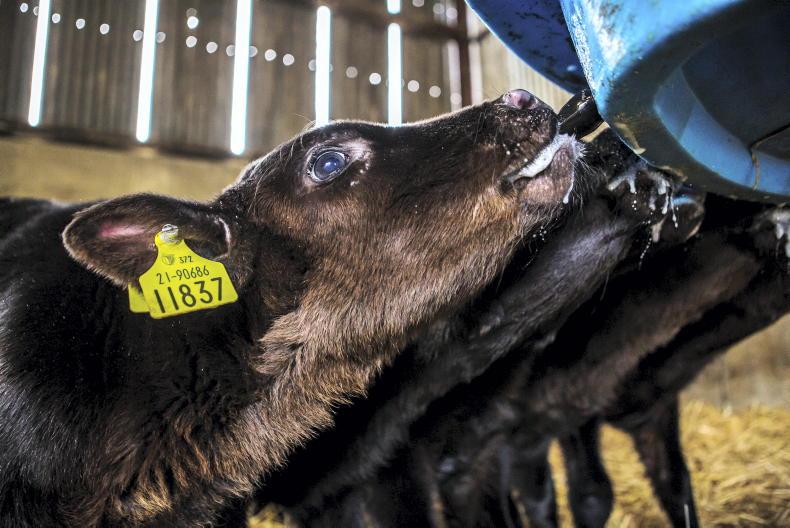

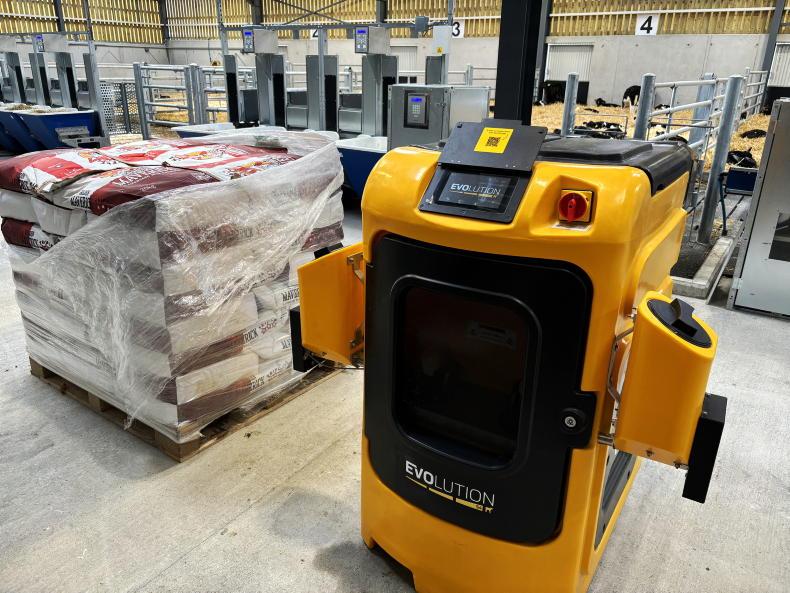

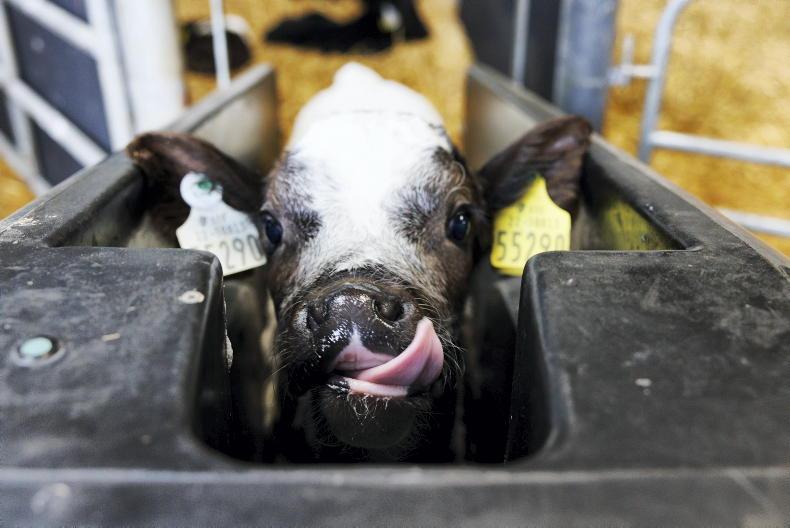
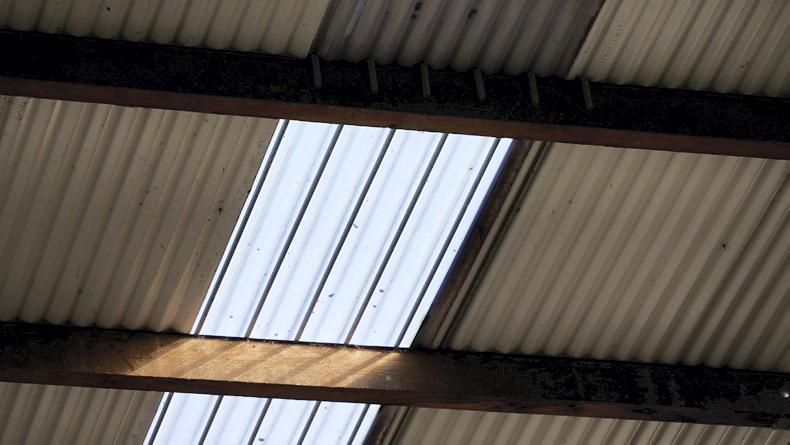
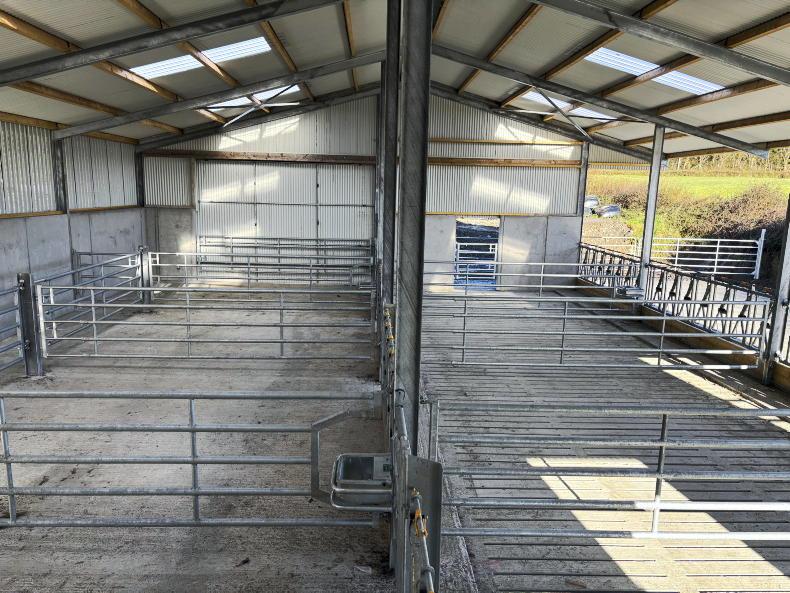
SHARING OPTIONS